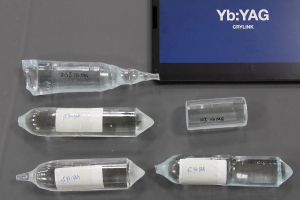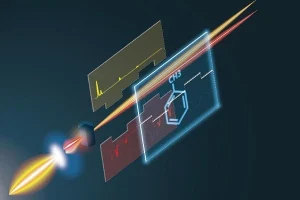Introduction
Navigating the mesmerizing domain of optical crystals takes more than just a cursory glance. At the heart of this subject lie the absorption and emission processes, principles that have catapulted advancements in laser technology to new heights. This article seeks to unravel these complex mechanisms, aiming to offer readers a comprehensive understanding of optical crystals and to highlight their pivotal role in shaping the tapestry of today’s laser innovations.
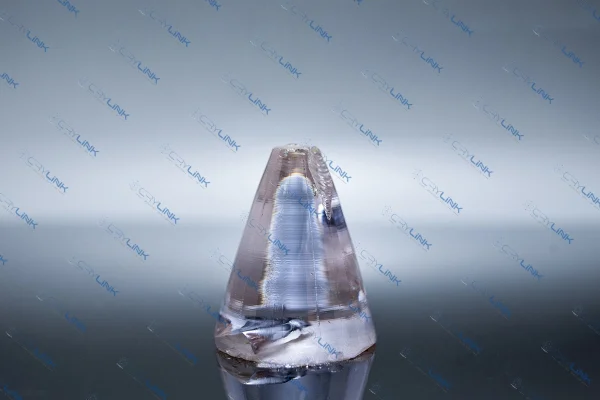
Optical Crystals: The Basics
What Are Optical Crystals?
Optical crystals, a cornerstone in the field of photonics, are not your everyday crystalline materials. Crafted with precision, these unique materials possess the ability to modify, manipulate, and harness light properties. Picture a prism dispersing sunlight into a spectrum of colors. Similarly, optical crystals can dictate how light interacts within and passes through them. Whether it’s bending, focusing, or spreading light, these crystals are masters of light manipulation, ensuring that light behaves not just randomly, but in a meticulously preordained manner.
Significance of Optical Crystals
Imagine a world without precise medical instruments, without high-speed communication or advanced research equipment. Hard, isn’t it? This underscores the immense significance of optical crystals. Their unparalleled ability to absorb light allows them to capture and store energy, a principle essential in devices like solar panels. Moreover, their emission properties come into play in devices like LEDs, where light is released in response to electrical or energetic stimuli. But it doesn’t end there. Optical crystals can also amplify light, magnifying its intensity, a feature that has revolutionized the development of laser technology. Lasers, once merely a figment of science fiction, have now permeated various sectors – from medical surgeries to cutting-edge research to entertainment. And at the crux of this laser technology? Optical crystals. Their multifaceted roles in absorbing, emitting, and amplifying light make them invaluable assets in countless optical applications, proving that their significance extends far beyond mere academic interest.
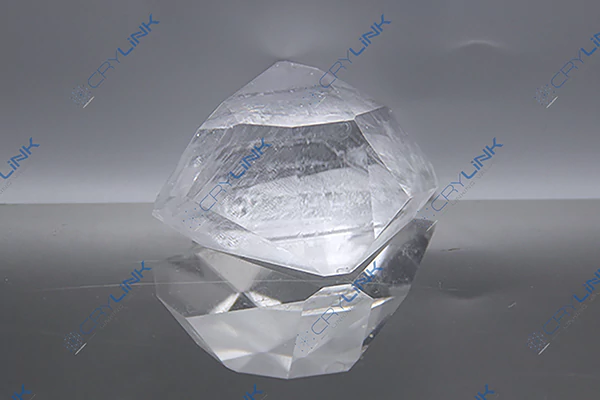
The Phenomenon of Absorption
What is Optical Absorption?
At its core, optical absorption is the captivating dance between matter and light. When photons—particles of light—encounter a material, they can be “absorbed” or taken in. This doesn’t mean they vanish; rather, they transfer their energy to the material, propelling it into a heightened, more energetic state. Think of it like a sponge soaking up water; the material, in this case, imbibes the photons, which leads to alterations in its internal energy levels.
Factors Influencing Absorption
Absorption isn’t a one-size-fits-all phenomenon. Various factors come into play to determine just how effectively a crystal can absorb light:
Crystal Structure: The intricate lattice arrangement of atoms in a crystal decides how photons interact with it. Some structures readily welcome photons, while others are less accommodating.
Impurities: The purity of a crystal is paramount. Even minute impurities or defects can amplify or dampen absorption, depending on their nature and distribution.
Temperature: As temperature fluctuates, so does the kinetic energy of the atoms within a crystal. This kinetic energy can influence absorption rates, with some crystals showing heightened absorption at specific temperature ranges.
Role of Absorption in Optical Crystals
Absorption isn’t just a quirky characteristic of optical crystals—it defines their utility. By determining how much light an optical crystal can trap, absorption dictates its efficacy in various roles. For instance, in filters, a crystal might be chosen for its ability to absorb certain unwanted wavelengths of light, letting only the desired ones pass through. Similarly, detectors might rely on a crystal’s absorption prowess to gauge the intensity or frequency of incident light.
Delving into Emission
Emission Defined Emission is nature’s way of maintaining equilibrium. After absorbing energy and reaching an excited state, materials tend to return to their stable, ground state. As they do, they release the excess energy they’d previously absorbed. This release takes the form of emitted photons. Imagine a coiled spring; once released, it jumps back to its initial form, expelling the stored energy—emission works on a similar principle at the atomic level.
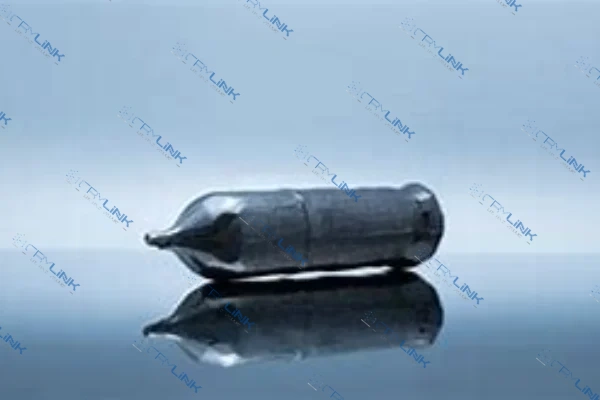
Spontaneous vs. Stimulated Emission
Emission can be broadly categorized into two:
1.Spontaneous Emission: This is nature in its most uninhibited form. When atoms in an excited state revert to their ground state on their own accord, they release photons spontaneously. It’s a random and natural process that doesn’t need external prompting.
2.Stimulated Emission: Here’s where human intervention comes into play. In stimulated emission, an external photon—often from another source—interacts with an excited atom. This interaction coaxes the atom to release a photon identical to the external one, both in phase and frequency. This coherent, amplified release forms the foundation for laser technology, where light waves travel uniformly, resulting in a sharp, intense beam.
Factors Affecting Emission
Just like absorption, emission isn’t constant. Several dynamics determine how, when, and how intensely optical crystals emit light:
Crystal Composition: The very makeup of the crystal—the atoms and molecules it houses—affects its emission spectrum.
External Stimuli: External forces, be it electrical, thermal, or photonic, can amplify or tweak the emission characteristics of a crystal.
Environmental Factors: Surroundings matter. The ambient temperature, pressure, and even neighboring materials can modify the way a crystal emits light, influencing both its intensity and spectrum.
Achieving Laser Emission and Amplification
The Birth of a Laser
Laser, an acronym for Light Amplification by Stimulated Emission of Radiation, isn’t just a product of modern science—it’s a marvel. The inception of a laser begins deep within the confines of optical crystals. By carefully controlling the conditions and leveraging the phenomenon of stimulated emission, these crystals can be made to emit light that’s not only intense but also highly coherent. Unlike regular light sources that scatter light in multiple directions, lasers emit light that travels in a unified, straight line. This coherent, directional nature of lasers is what sets them apart and makes them invaluable in everything from surgical procedures to data transfer.
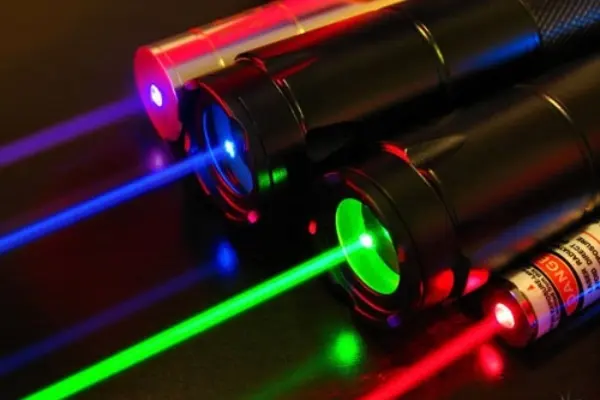
Importance of Crystal Quality
Imagine trying to sculpt a masterpiece from a flawed block of marble; the imperfections would undermine the process and the outcome. Similarly, the quality of an optical crystal is the linchpin in laser production. The fewer the impurities and structural anomalies in the crystal, the better its efficiency in generating laser light. High-quality crystals ensure fewer energy losses and, consequently, a more potent and precise laser output. Thus, scientists and researchers invest heavily in refining crystal production techniques to achieve unmatched purity and structural integrity.
Amplification Process
Amplification in lasers isn’t merely about making the light brighter—it’s about increasing the number of photons emitted in a unified, coherent manner. When a photon, produced via spontaneous emission, interacts with an excited atom within an optical crystal, it triggers the release of a second, identical photon through stimulated emission. This cascading effect results in a beam of light where photons are not only numerous but also in sync with each other. Optical crystals are the arenas where this amplification magic unfolds. Their ability to support and reinforce the stimulated emission process is crucial to achieving the high-intensity beams characteristic of lasers.
Future of Optical Crystals in Laser Technology
As impressive as the current applications of optical crystals are in laser technology, the horizon looks even brighter. With the rapid pace of technological evolution, researchers are eyeing optical crystals for their potential in next-generation laser applications.
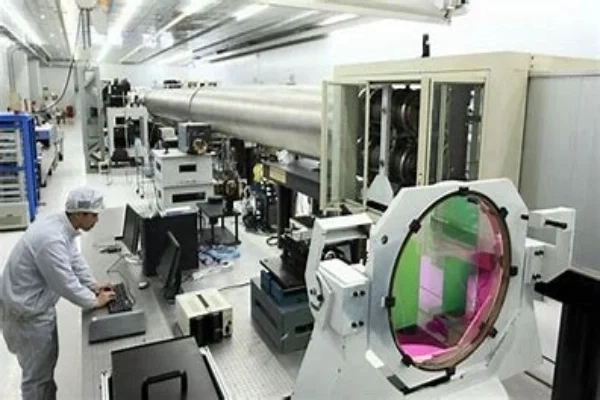
These range from ultra-fast communication systems and precise medical treatments to groundbreaking work in quantum computing. The intrinsic properties of optical crystals, when paired with advanced engineering techniques, could unlock laser functionalities that were once considered the stuff of science fiction.
Conclusion
Navigating the intricate landscape of optical crystals reveals a universe where science and wonder coalesce. The way these crystals interact with light—absorbing, emitting, amplifying—has revolutionized how we harness energy and information. Their pivotal role in laser technology is merely a testament to their potential. As research delves deeper into their mysteries, it becomes increasingly evident that optical crystals aren’t just the present of light-based technologies—they’re its promising future. Whether we’re looking at high-speed communication, medical breakthroughs, or the awe-inspiring realms of quantum mechanics, the beacon leading the way often shines from an optical crystal.
FAQs
- Q1: What makes optical crystals different from regular crystals?
- A1: Optical crystals are specifically engineered to manipulate light properties, making them ideal for applications like lasers and filters.
- Q2: Why is stimulated emission crucial for lasers?
- A2: Stimulated emission ensures the production of coherent light, which is the primary characteristic of lasers.
- Q3: Can the quality of an optical crystal affect the laser’s performance?
- A3: Absolutely. The purity and structural integrity of the crystal play a crucial role in determining the efficiency and quality of the emitted laser light.
- Q4: Are there other applications for optical crystals besides lasers?
- A4: Yes, optical crystals are used in a range of applications including filters, detectors, and even quantum computing.
- Q5: Does the size of the optical crystal influence its absorption and emission properties?
- A5: While the inherent properties of the crystal are more influential, size can play a role, especially in applications where confinement of light is necessary.


